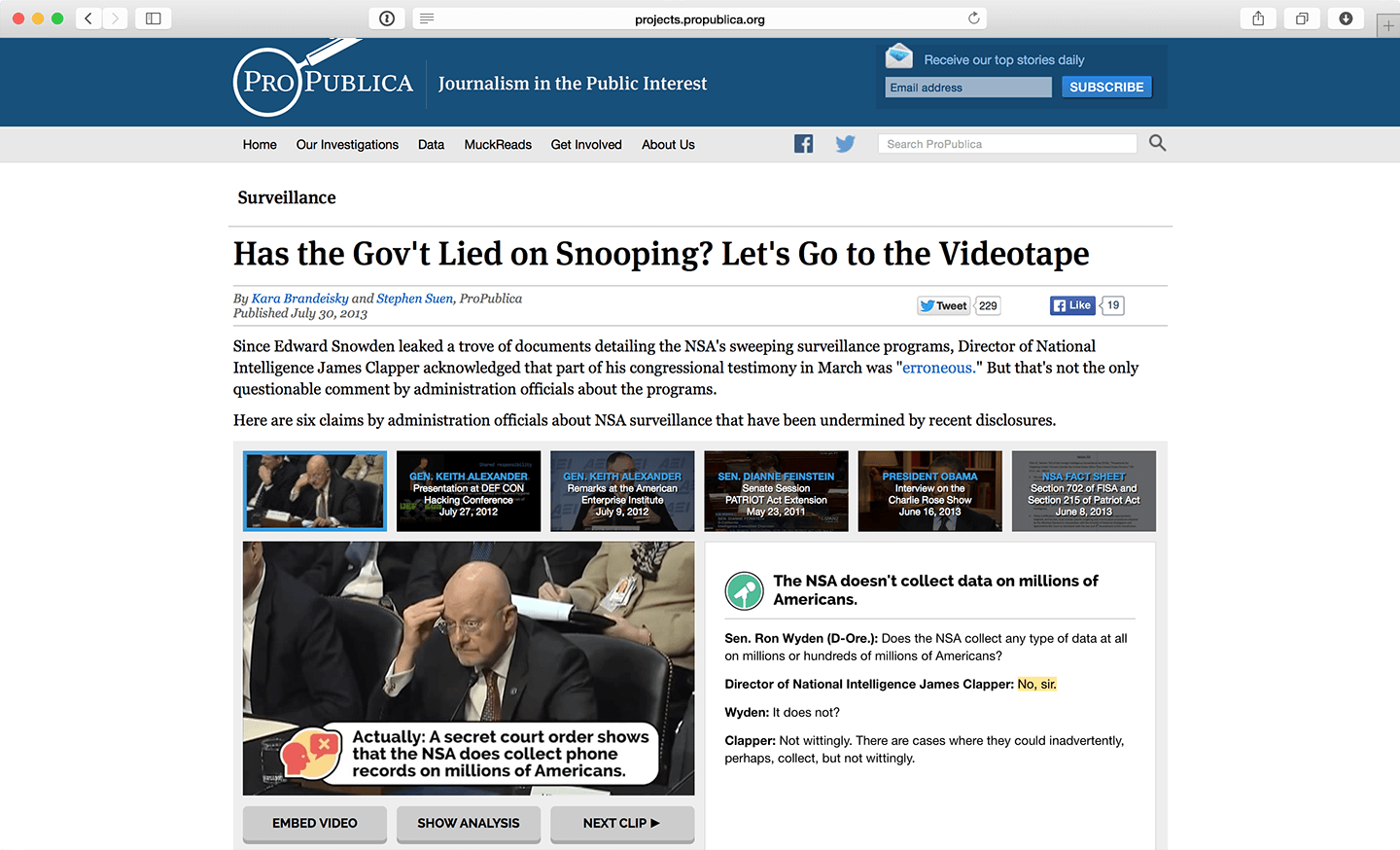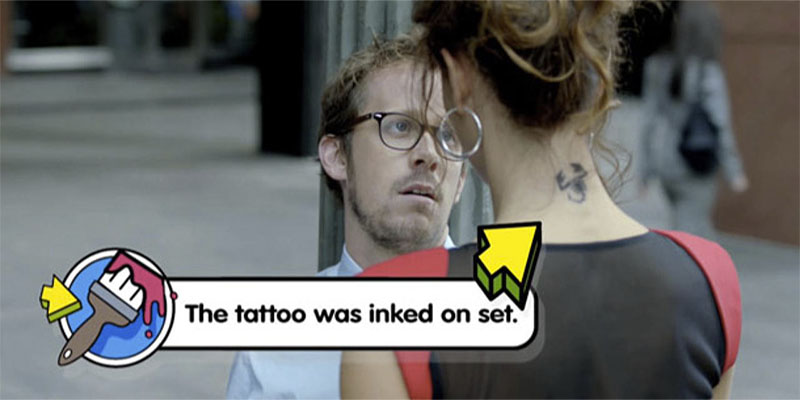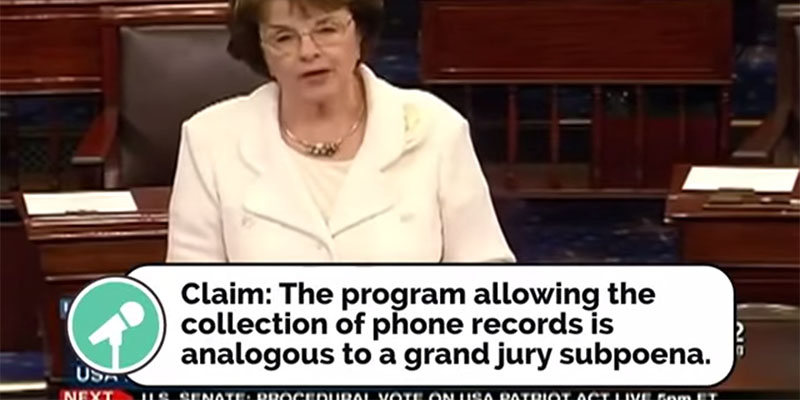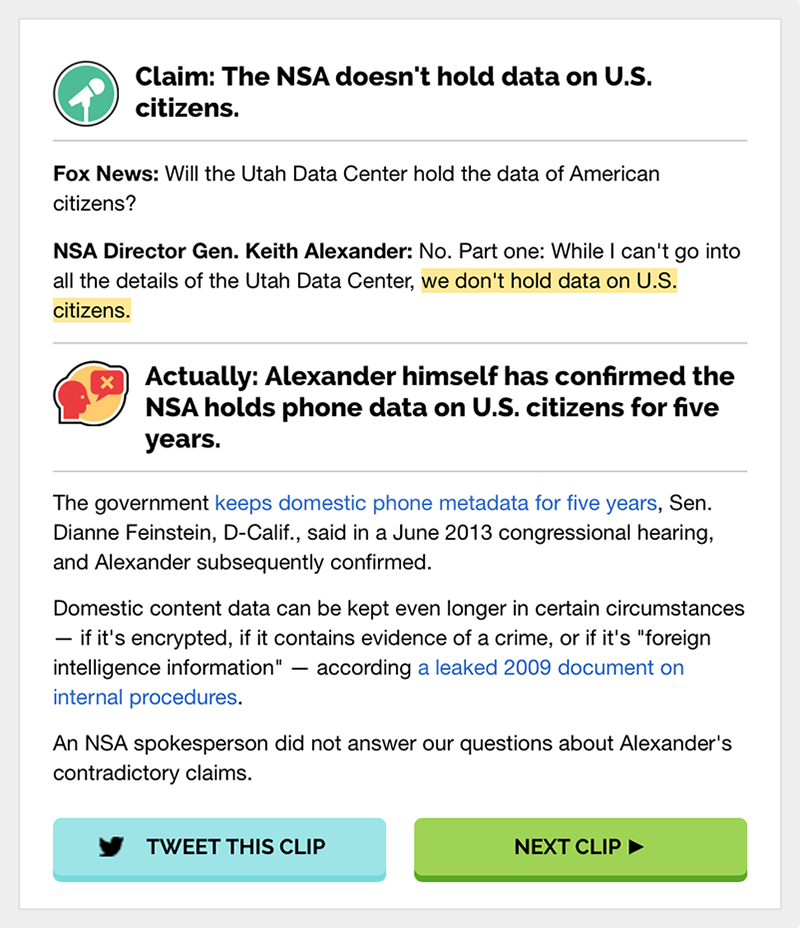Has the Government Lied on Snooping?
Debunking claims about NSA surveillance via pop-up video

As one of the inaugural Google Journalism Fellows, I spent the summer working at ProPublica, an “independent non-profit newsroom that produces investigative journalism in the public interest.” There, I worked under the News Apps team (or, as they’re affectionately known, the nerds) on a number of stories around unpaid internships and government surveillance. My culminating project was a graphic debunking various claims government officials had made concerning the Edward Snowden revelations.
For this project, I worked with a reporting intern, who focused on research and writing while I was responsible for design and production. The graphic consisted of two parts: a video component inspired by VH1 pop-up videos, and an annotated transcript. After identifying the NSA “myths” that we wanted to bust, I cut together a short video from the relevant clips. Then, I paired some geometrically simple icons from The Noun Project and the bold Raleway typeface to recreate the iconic trivia bubbles.


Our treatment of the story was based on two concepts in media studies: spreadability — a piece of media’s tendency to be circulated around social networks — and drillability — a piece of media’s tendency to deeply engage audiences through narrative complexity. The video works by itself as a standalone piece and is something that can be easily consumed and shared on social media; for those who are interested in reading more, they can view the full graphic with its in-depth analysis.

From a technical standpoint, the graphic utilizes YouTube’s Player API to chop up the video into individual segments and synchronize them with a live transcript. At the end of each clip, readers are provided with evidence disproving that claim. The graphic is also responsively designed; on mobile devices, instead of showing the video and transcript together, I chose to show the video at the very top, followed by the clip-by-clip breakdowns. Through this creative presentation, this project explores a timely, complex issue in an accessible and playfully irreverent way.

Stephen Suen
I'm a designer and developer with a passion for data-driven storytelling and human-centered products on the web.
Follow